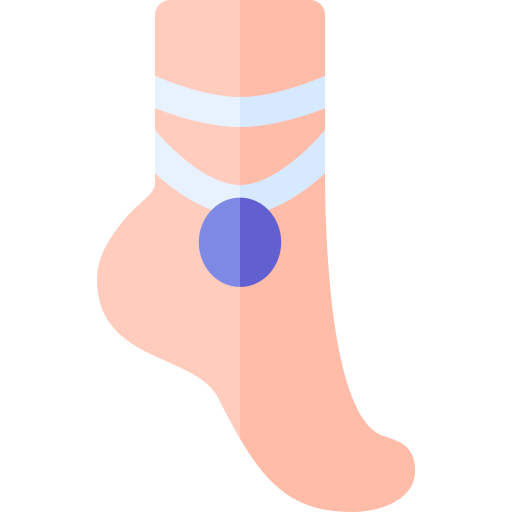When the Need for Connection Becomes Chains
"When we love someone, how far should our devotion go? Is there a limit between love and self-sacrifice?"
Codependency is a pattern of relationships where one person loses themselves trying to meet the needs of the other. It often starts in childhood and develops into relationships filled with fear, guilt, and the need for acceptance. How can we recognize codependency and free ourselves from it?
The Concept of Codependency
The term "codependency" was initially established in the context of addressing alcoholism and addictions. It emerged in the 1940s-1950s through the observations of therapists working with families of individuals with addictions, particularly within the Al-Anon groups (support groups for families of alcoholics).
In the 1980s, the term expanded beyond addiction and was used to describe patterns of dysfunctional relationships, where one person sacrifices their own needs to meet the needs of another. Clinicians such as Melody Beattie (author of Codependent No More) helped establish it in the field of psychology and psychotherapy.
How It Manifests in Relationships
Today, codependency is recognized as a psychodynamic phenomenon that applies not only to relationships with dependent individuals but also to any relationship with imbalance and emotional dependency. It refers to a type of relationship where one person emotionally depends on the acceptance, attention, or recognition of the other. Typically, the codependent person neglects their own needs, places their feelings and desires second, and assumes a "caretaker" or "savior" role, trying to maintain the relationship at all costs (Cermak, 1986).
Codependency is often observed in relationships where there is imbalance, such as with individuals who have addictions, narcissistic tendencies, or emotional instability (Beattie, 1987). However, it can also appear in seemingly healthy relationships, where one person feels that their happiness is entirely dependent on the other.
Key Characteristics of Codependency
Low self-esteem: The person bases their sense of personal worth solely on the acceptance and affirmation from others, often questioning their abilities and feeling inadequate without external confirmation (Knudson & Terrell, 2012).
Difficulty setting boundaries: The codependent person struggles to say "no," even in situations that harm them, fearing conflict or rejection. They often feel responsible for the emotions and actions of others, creating a dysfunctional pattern of over-responsibility (Cermak, 1986).
Intense need for control: They try to "fix," "save," or "protect" the other person, taking on roles that are not theirs. This need can manifest as overprotectiveness, manipulation, or excessive responsibility in the relationship (Friel & Friel, 2010).
Fear of abandonment: They live with constant worry that if they are not always available and supportive, the other will drift away or abandon them. This fear often leads the person to tolerate unhealthy behaviors rather than set boundaries (Hughes-Hammer, Martsolf, & Zeller, 1998).
Neglect of personal needs: The person ignores their own desires, needs, and feelings, sacrificing their emotional and mental well-being to please others. This can lead to emotional exhaustion, anxiety, and depression (Dear, Roberts, & Lange, 2005).
Where Does Codependency Come From?
Childhood Experiences and Family Dynamics
Codependency often has its roots in early experiences and the family dynamics in which a person grew up. Children raised in emotionally unstable environments, with overprotective or emotionally distant parents, or even in families where addiction or dysfunction prevails, learn that their worth depends on how well they meet the needs of others (Bowlby, 1988).
Family environments where a child's emotional needs may be ignored or undervalued, leading them to take on a "caretaker" or "savior" role from an early age, create a pattern that often becomes ingrained and carried into adulthood. This makes the individual seek relationships where they feel useful or needed at the expense of their own emotional well-being (Cermak, 1986).
Additionally, attachment theory supports the idea that codependency can result from an insecure attachment with parents in childhood, where the child did not experience stable love and acceptance, leading them to develop a deep fear of rejection and the need for external affirmation (Bowlby, 1988; Mikulincer & Shaver, 2016).
Trauma and Adverse Childhood Experiences (ACEs):
Individuals who have experienced trauma or adverse childhood experiences, such as abuse or neglect, often develop an intense need for acceptance and recognition because they learned from an early age that love and attention are conditions to be "earned." This belief leads them in adulthood to seek relationships where they feel necessary, even if it means self-sacrifice. Thus, trauma becomes an invisible bond that solidifies codependent behavior (Ali et al., 2025).










